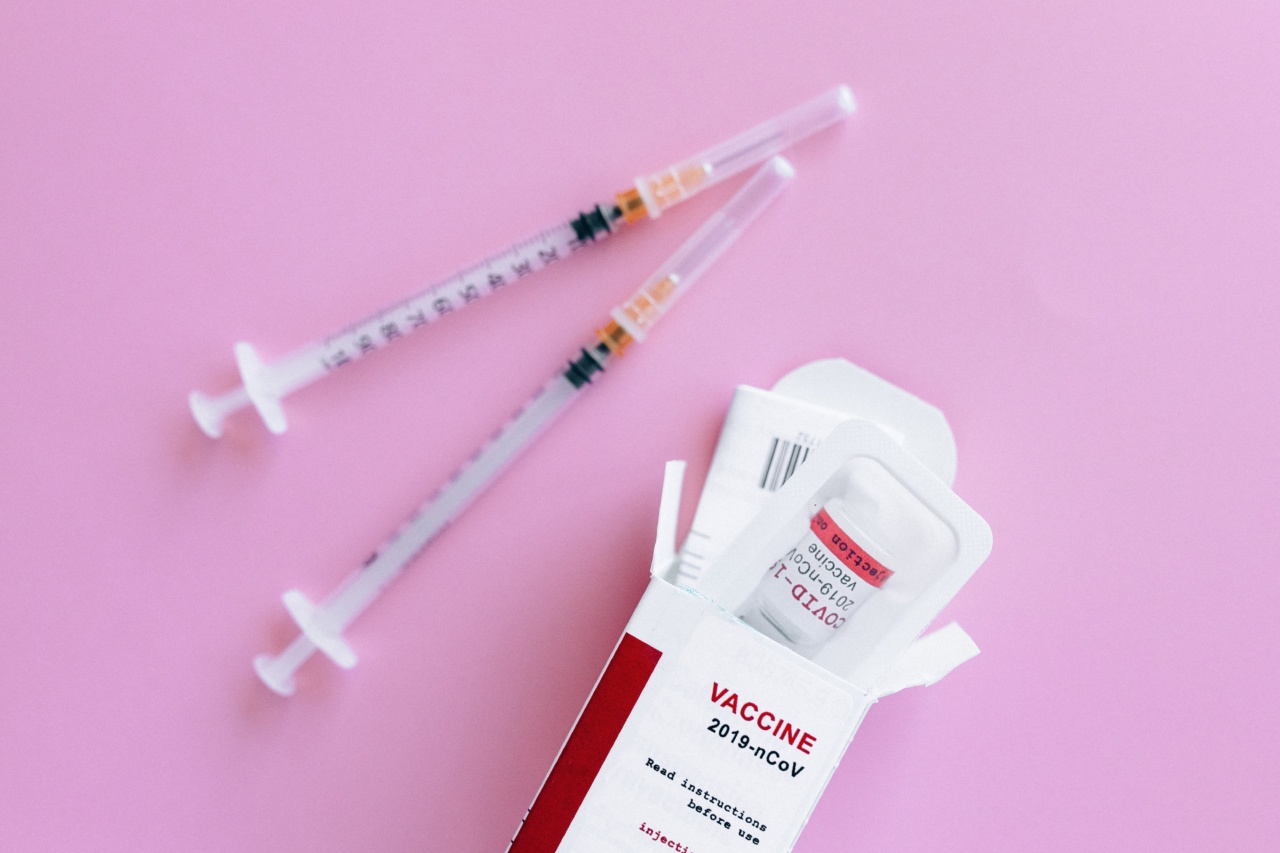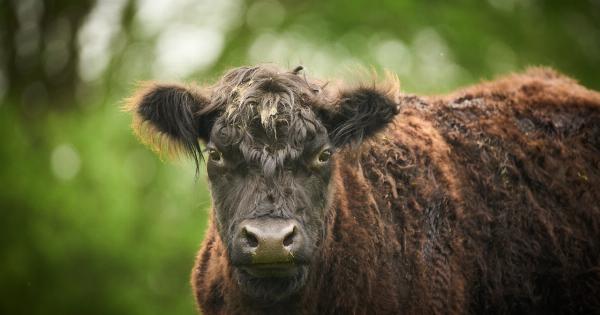Mad cow disease, also known as bovine spongiform encephalopathy (BSE), is a degenerative neurological disorder that affects cattle. It is caused by an abnormal protein called a prion, which leads to the destruction of brain tissue in infected animals.
While the disease primarily affects cows, there have been cases of transmission to humans, leading to variant Creutzfeldt-Jakob disease (vCJD).
The Origins of Mad Cow Disease
The first cases of BSE were reported in the United Kingdom in the late 1980s. It was initially believed to be a spontaneous disease, but further research revealed that it was linked to contaminated animal feed.
The feed contained meat and bone meal derived from infected cattle, which amplified the spread of the disease within the cattle population.
Mad cow disease is thought to have originated from scrapie, a similar prion disease that affects sheep.
The use of sheep offal in the production of animal feed, along with the recycling of infected animal tissues, contributed to the transmission of the disease to cows.
Symptoms and Transmission
Mad cow disease is characterized by various symptoms, including changes in behavior, such as increased aggression or nervousness, difficulty in coordination, and difficulty in standing or walking.
Affected cows may also experience weight loss, decreased milk production, and eventually, a loss of bodily functions.
The disease can be transmitted through infected tissues, such as the brain, spinal cord, and digestive tract.
Contaminated feed remains one of the primary methods of transmission, as prions can survive the rendering and processing of animal byproducts used in the production of feed.
In rare cases, humans can acquire the disease through the consumption of contaminated beef products. This occurs when individuals consume specific parts of an infected cow, such as the brain or spinal cord.
However, strict regulations have been implemented to prevent the contamination of beef products, significantly reducing the risk to consumers.
The Impact on the Cattle Industry
Mad cow disease has had significant economic implications for the cattle industry.
The discovery of BSE in the 1980s resulted in the implementation of various control measures, including the slaughter and destruction of infected cattle, as well as the ban on the use of contaminated animal feed.
These measures were aimed at containing the spread of the disease and restoring consumer confidence in beef products.
However, the initial outbreak had a severe impact on the export market for British beef, leading to substantial financial losses for the industry.
Furthermore, the discovery of cases in other countries, such as the United States and Canada, also impacted their export markets.
Many countries imposed bans on the importation of beef products from nations affected by mad cow disease, further exacerbating the economic consequences.
Safety Measures and Regulations
To combat the spread of mad cow disease, strict safety measures and regulations have been implemented in the cattle industry.
Animal feed production and handling practices have been significantly improved, and the use of meat and bone meal derived from ruminant animals has been banned.
Cattle slaughterhouses also have stringent procedures in place to prevent the contamination of meat products.
The removal and disposal of specific tissues, such as the brain and spinal cord, are carried out carefully to minimize the risk of prion contamination.
In addition, surveillance programs are implemented to detect any potential cases of the disease. Rapid testing methods have been developed to identify infected animals promptly.
These measures help control the spread of the disease and ensure the safety of beef products entering the market.
Human Health Concerns
While the primary transmission route of mad cow disease is from animals to humans, there have been cases of vCJD transmission. Variant Creutzfeldt-Jakob disease is a rare and fatal neurological condition that affects the brain.
The incubation period can range from several years to several decades.
Although the number of vCJD cases has significantly declined in recent years, there are ongoing concerns regarding its potential resurgence. Continued surveillance and monitoring of both cattle and humans are necessary to prevent any future outbreaks.
Conclusion
Mad cow disease remains a significant concern for the cattle industry and public health. While strict safety measures and regulations have been implemented to control the spread of the disease, ongoing vigilance is crucial.
The understanding of BSE and its transmission has greatly advanced since its initial discovery, allowing for better prevention and management strategies. By continuing to prioritize the safety of animal feed and implementing effective surveillance programs, the risks associated with mad cow disease can be minimized, ensuring the protection of both animal and human health.






























